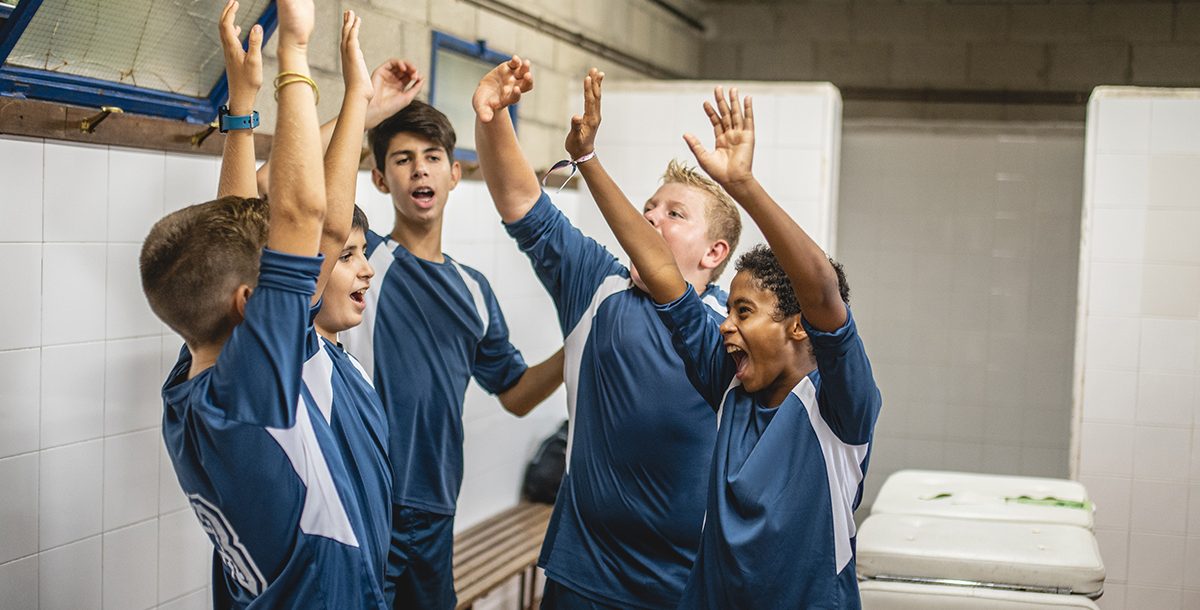It’s time to head back to school, which also means young athletes will soon be hitting the field to begin a new season. Many parents know to keep a watchful eye on their kids when it comes to injuries, but there’s one health risk that could be lurking in the locker room that they haven’t thought about: staph infections.
“Staph is typically transmitted by direct physical contact. For athletes, this might be playing a high-contact sport or sharing gym equipment, a towel, even a shared bar of soap,” Taylor McKeowen, a nurse practitioner at Bon Secours Greenville, says.
Gyms and locker rooms are often a hot spot for staph infections, putting athletes at higher risk than most individuals. These infections are caused by staphylococcus bacteria. Some individuals can even be colonized with staphylococcus, meaning the bacteria lives on their skin. It doesn’t necessarily cause an infection but can be a major health risk if contracted by someone else. It can be especially dangerous for individuals who have compromised immune systems and can’t fight infections compared to others.
“Staph often causes minor infections, but it can lead to quite dangerous infections such as sepsis or a bloodstream infection,” Taylor explains. “Sepsis can be life-threatening. Some strands of staph, such as MRSA, are also much more difficult to treat than others and can lead to further complications.”
The Centers for Disease Control and Prevention (CDC) says these infections are most commonly reported among athletes in sports that have a lot of physical contact, such as wrestling or football.
“Athletes have frequent skin-to-skin contact, placing them at higher risk for contracting staph. Many have open wounds that are not attended to right away or delay cleaning due to exercise and practice. They often share items like athletic equipment, furthering the risk of exposure.”
Additionally, staph typically infects the skin and soft tissue, which can present as a hair follicle appearing very red or as a skin boil that is red, painful and warm to touch. It could look like a bump that grows very fast or a pimple that is actively draining pus. If you have even the slightest concern that it could be staph, seeking professional help is a must.
“If you think you have a staph infection, be sure to tell a parent, coach or trainer to report your concerns. Do not delay treatment. It is best to have a professional medical provider assess the site to confirm if it is a true staph infection,” Taylor advises. “Some staph infections can be treated effectively at home with hygiene, warm compresses and over-the-counter antibiotic ointments. Others may require further treatment under the care of a medical provider. When in doubt, have the expert check it out!”
Although it may be impossible to keep all locker rooms perfectly clean, there are a number of ways to prevent the spread of staph infections. The CDC recommends good personal hygiene including regular handwashing, showering after participating in sports, as well as washing your uniform or clothing after every game. It’s also important to take care of any cuts or scrapes by sterilizing and covering them so they don’t become entry points for a staph infection.
Learn about the sports medicine and primary care services we offer at Bon Secours.





